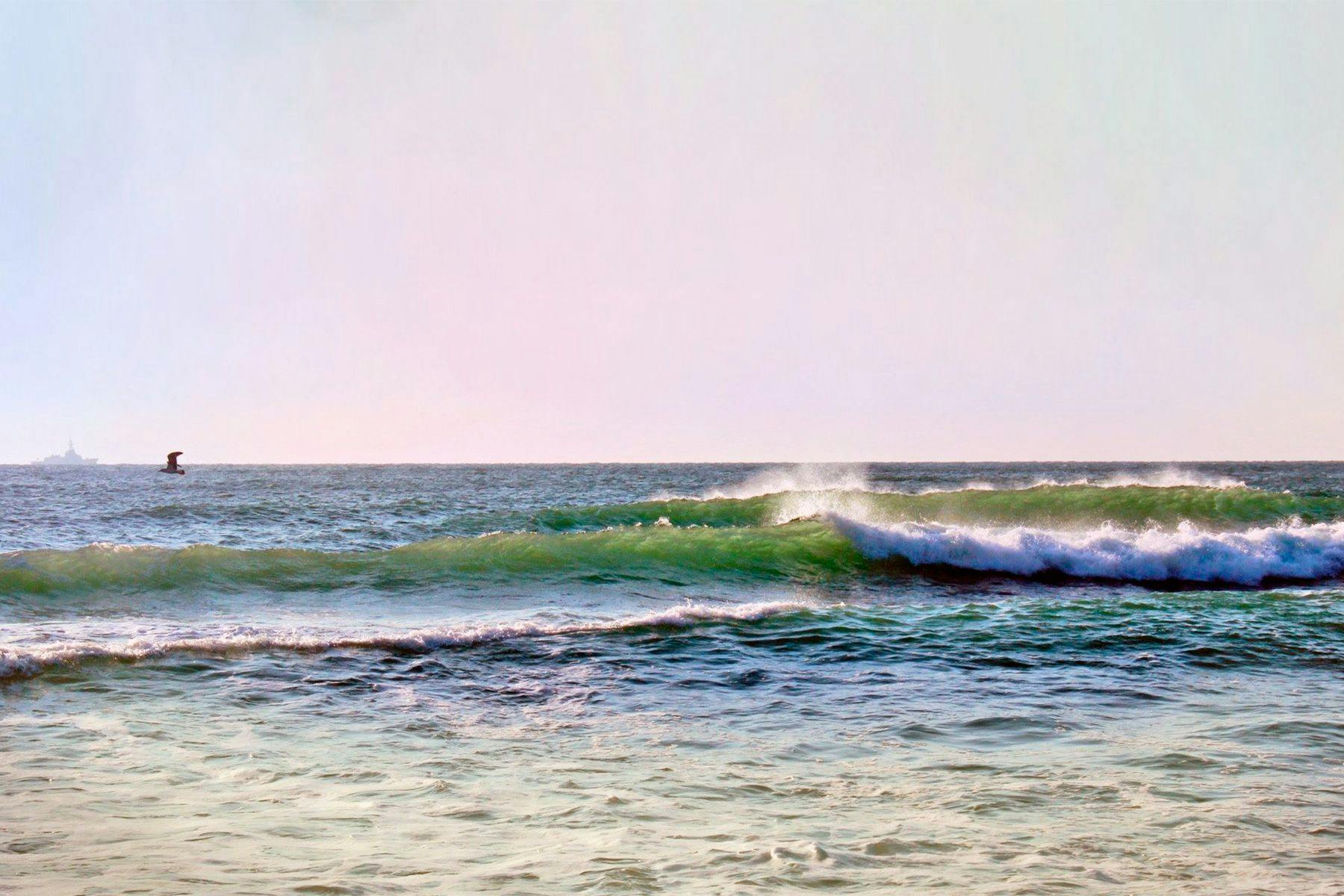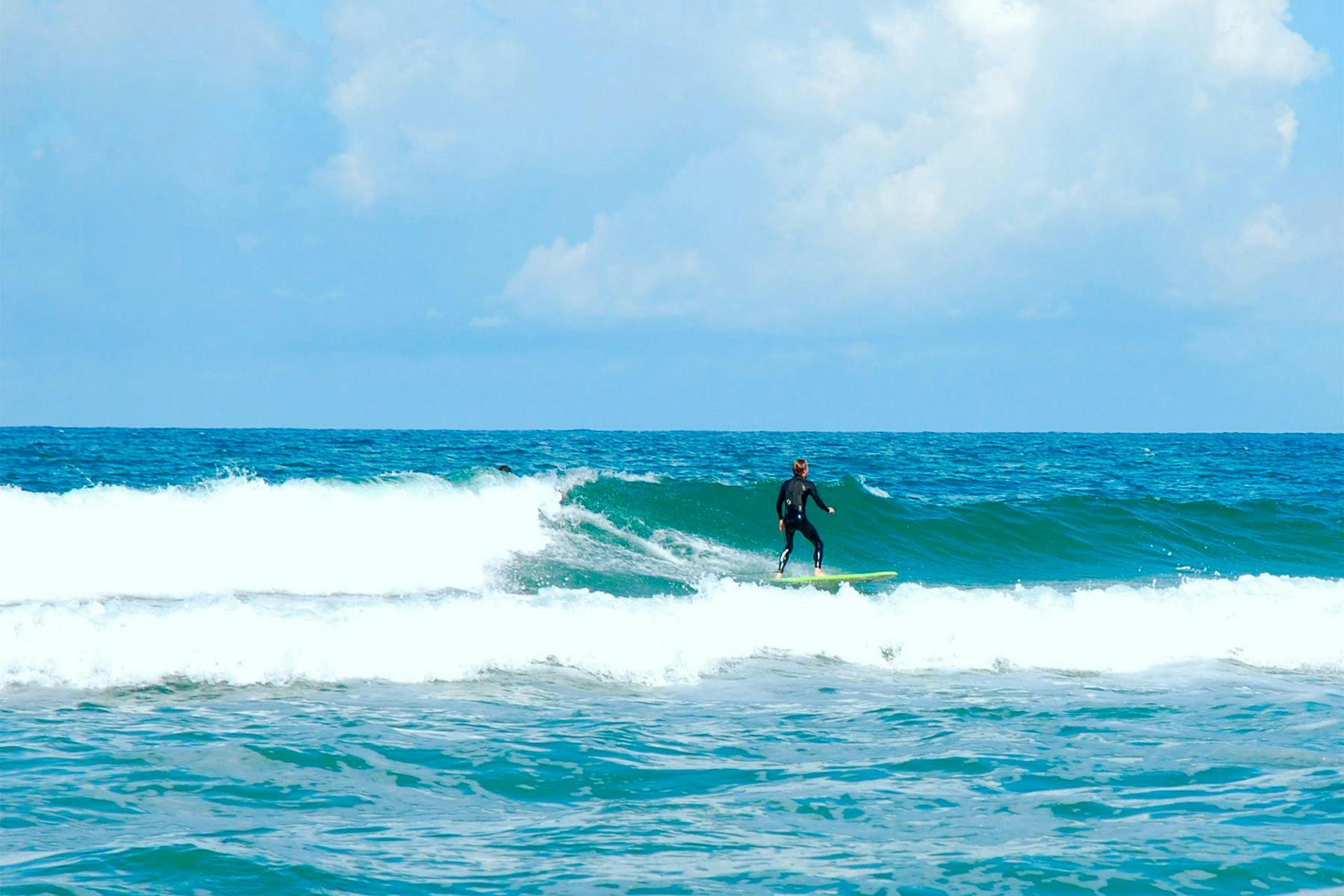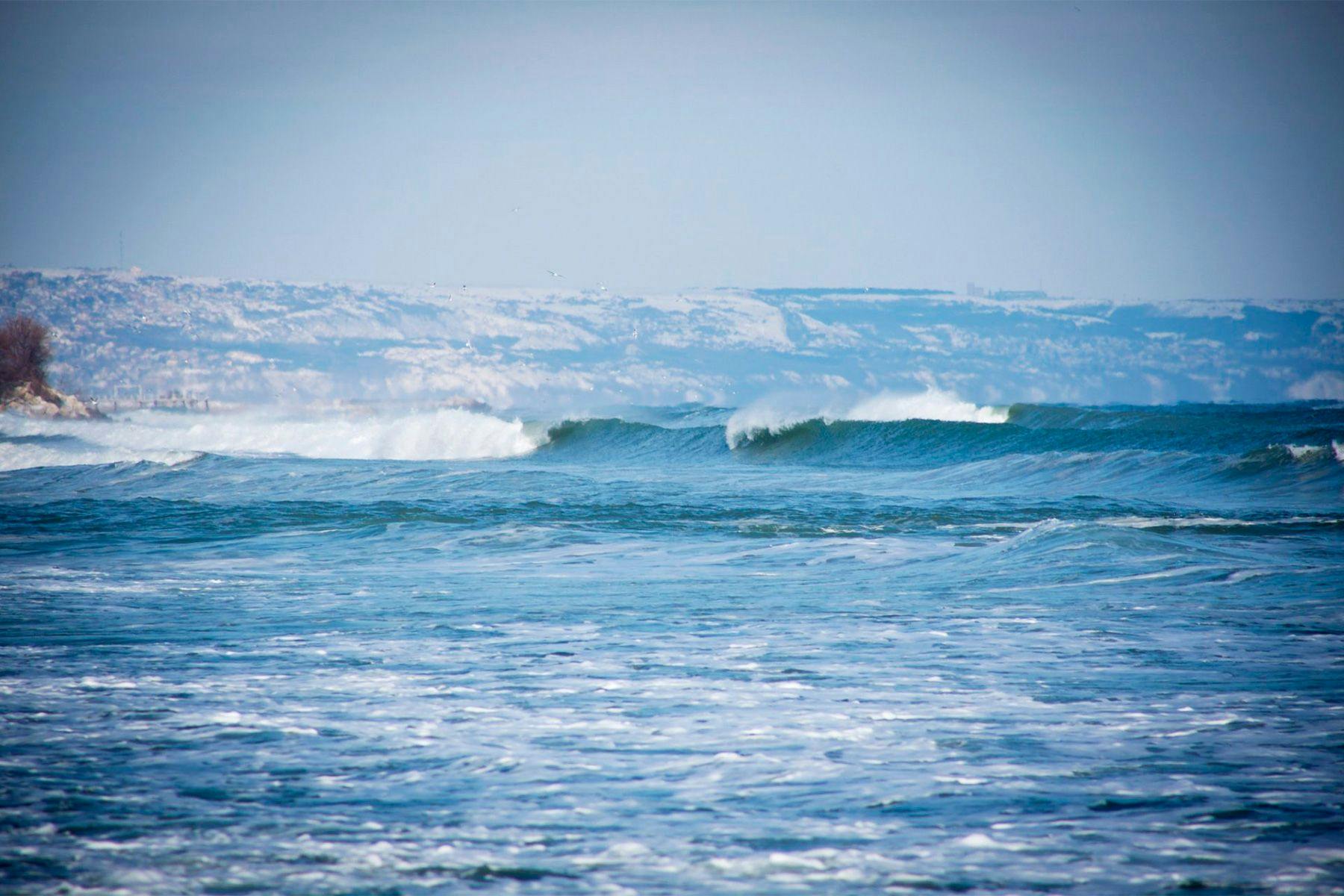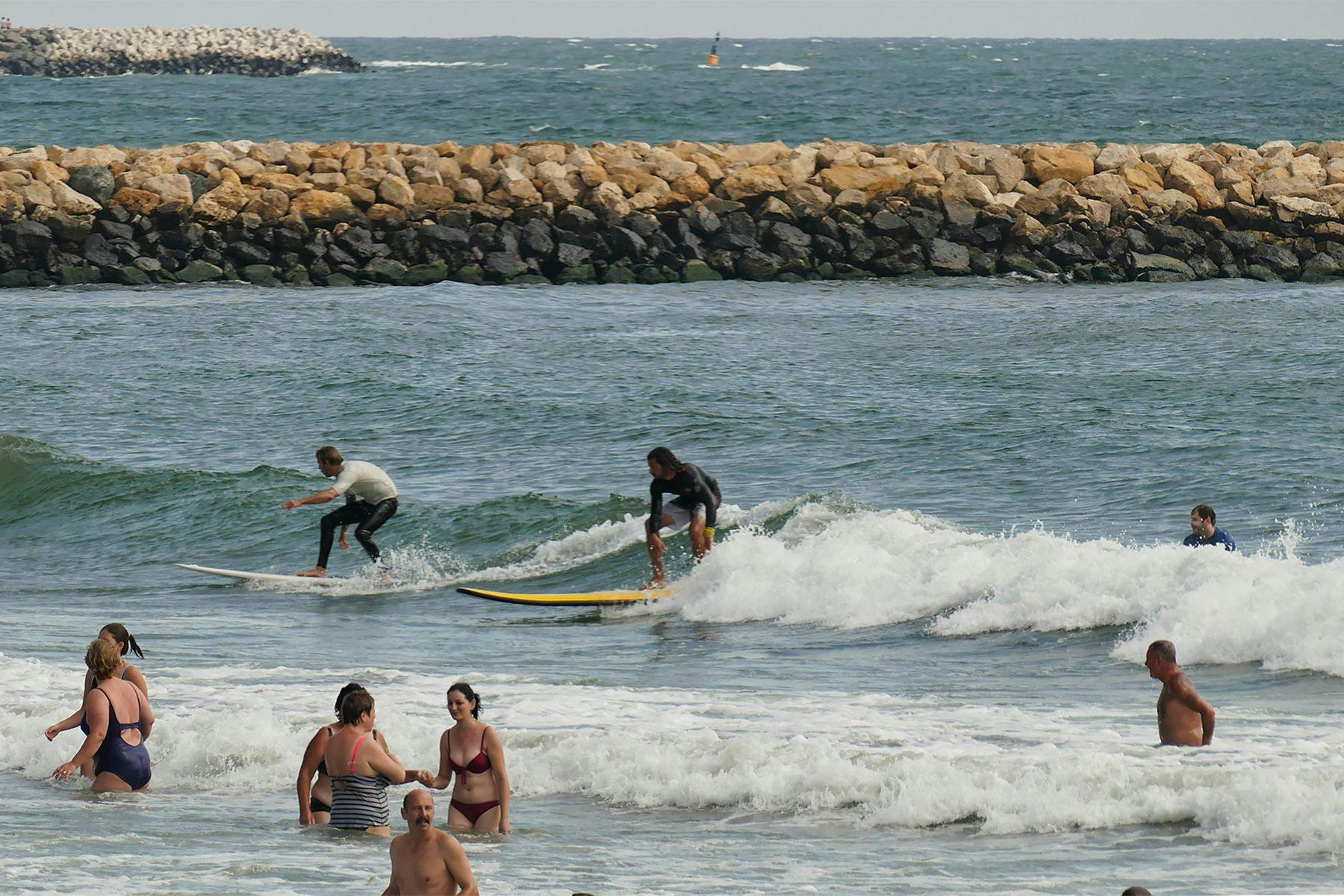TravelSurfing The Black Sea

Riding Waves in Romania, with Tudor Florin
You’d be surprised, but I think a lot of people would find it hard to locate the country of Romania on the map at first glance. The East European country is bordered by Bulgaria to the south, Serbia and Hungary to the west, Ukraine and Moldova to the North and finally The Black Sea to the East. Not countries that you would associate with surfing I’m fairly certain, but out of curiosity, I decided to get in touch with a local surfer by the name of Tudor Florin who agreed to let me in on what it is like to be a surfer in the Black Sea and if it really is worth putting on your bucket list of surf destinations.

“My personal experience with the waves in the Black Sea came early in my childhood while I was in a training camp for the National Swimming Team in Constanta (South East coast of Romania). I used to bodysurf and use a swimming float to catch waves, which stayed with me until 20 years later in 2008 when I decided to learn how to surf in Lanzarote, Canary Islands. On arrival, I bought surfboard that I would use whenever I was at the beach and I would always ask other surfers for tips whenever I came into contact with them.”

Surfing is evolving all around the globe at a rapid rate, almost every corner of the earth has been tested and researched for surfing possibility. Although still considered quite a novelty to surf in the Black Sea, Tudor says its popularity is on the rise:
“In 2012 we were a small crew of 5. By the end of 2015 we were 12. Now…there are 30 of us. There is a constant number of surfers in the water scattered along our coast
from Constanta to Vama Veche. The surfing community is growing in leaps and bounds…Some guys are even out there on a freezing winter’s day which shows you the commitment and passion that some of these surfers have.”

Romania does get freezing in winter; the black Sea is renowned for big, wild swells and storms that produce unbearable conditions for even the most hardcore.
“We have all types of conditions in Romania. In spring we get constant small swells but good days are rare. The water is 5-12 degrees Celcius in the spring. In the summer we get good, constant swells and sometimes big storms that create very good waves up to 2 metres high with warm water ranging from 19-25 degrees Celcius. In autumn we also get constant swell and some of the best waves the Black Sea can offer: 3 metre high waves with offshore wind. The water in autumn is around 20-10 degrees Celcius. In the winter we get swells constantly but we surf rarely. The waves are big and mushy, but the cold and the wind make many days impossible for our skills and equipment to get in the water. Plus the water temperature in winter can be as low as 2 degrees above freezing!”

Another reason to add The Black Sea to your travel plans is there are very few dangers with comparison to other surf destinations around the world. For a start, there are no sharks!
“We are lucky because the dangers are low in almost every regard. The bottom is either sand or rock. In the summer crowds are a real danger in the shore-breaks, so if you get greedy and don’t bail in time you might run over some unsuspecting beachgoers. In the beginning, the lifeguards gave us a bit of a problem but now they’ve come to realise that we can also make rescues which helped create a mutual understanding.”

In this day and age, it’ll be interesting to follow where surfing takes our adventurous souls. Romania sure is one of the wilder places you’d expect to be booking a surf destination.
“At the start, people looked at us like we were some sort of exotic animal. But then, slowly, they became used to watching us and now we even have people asking for courses during summer. We had our first ISA COACH TRAINING a few years ago which allows us to teach lessons in the summer, so we expect to grow the number of surfers in Romania in the next couple of years.”

Surf Simply and the author Alex Benaud would like to thank Tudor Florin for his assistance with this article.